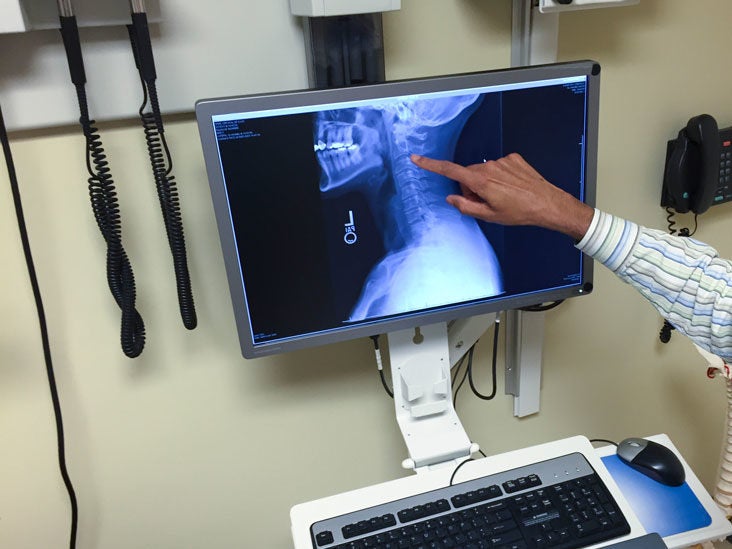

There are currently few studies assessing the diagnostic test accuracy of the NEXUS criteria and CCR in children.

The conclusion of our review is that we need more research to evaluate the accuracy of the NEXUS criteria and the Canadian C-spine rules for routine use in children. We therefore consider that the NEXUS criteria are at best a guide to clinical assessment, with current evidence not supporting strict or protocolized adoption of the tool into pediatric trauma care. The sensitivity and specificity of the NEXUS criteria varied among the three studies, meaning that there is a chance of false-negative test results when using the NEXUS criteria, and as a result there is a chance of missing cervical spine injury if doctors only rely on the NEXUS criteria. Since only one study looked at the accuracy of the Canadian C-spine Rules, there is not enough evidence at the moment to determine whether the Canadian C-spine Rules can be used safely in children. All studies tested the accuracy of the NEXUS criteria, and one of them also tested the accuracy of the Canadian C-spine Rules. We identified three studies of moderate to good quality. We performed the search in February 2015. We searched medical literature databases to identify studies which tested how well both decision tools can establish whether children are at risk for CSI after blunt trauma. The goal of this review was therefore to evaluate whether these tools can also be used safely and effectively in children. These tools are already being used in children, but little information is known about how accurate they are in children. The NEXUS criteria and Canadian C-spine Rules are tools that doctors use to decide whether adults are at risk for cervical spine injury and whether they need to use radiographic imaging. To avoid unnecessary use of those radiographic imaging techniques, it is important to look for clinical tests that can detect whether children are at risk for cervical spine injury and if radiographic imaging needs to be done. We therefore need to use plain radiography or CT scan in children only if really necessary. CT scan and x-ray use radiation that can lead to an increased risk in the development of cancer, especially in children. To detect CSI, several types of scan imaging techniques can be used (computed tomography (CT) scan, magnetic resonance imaging (MRI) and plain radiography (x-ray)). However it is very important not to miss this type of injury. The incidence of traumatic cervical spine injury (CSI) in children is very low. The cervical spine is the upper part of the spine between the head and shoulders (the neck).


 0 kommentar(er)
0 kommentar(er)
